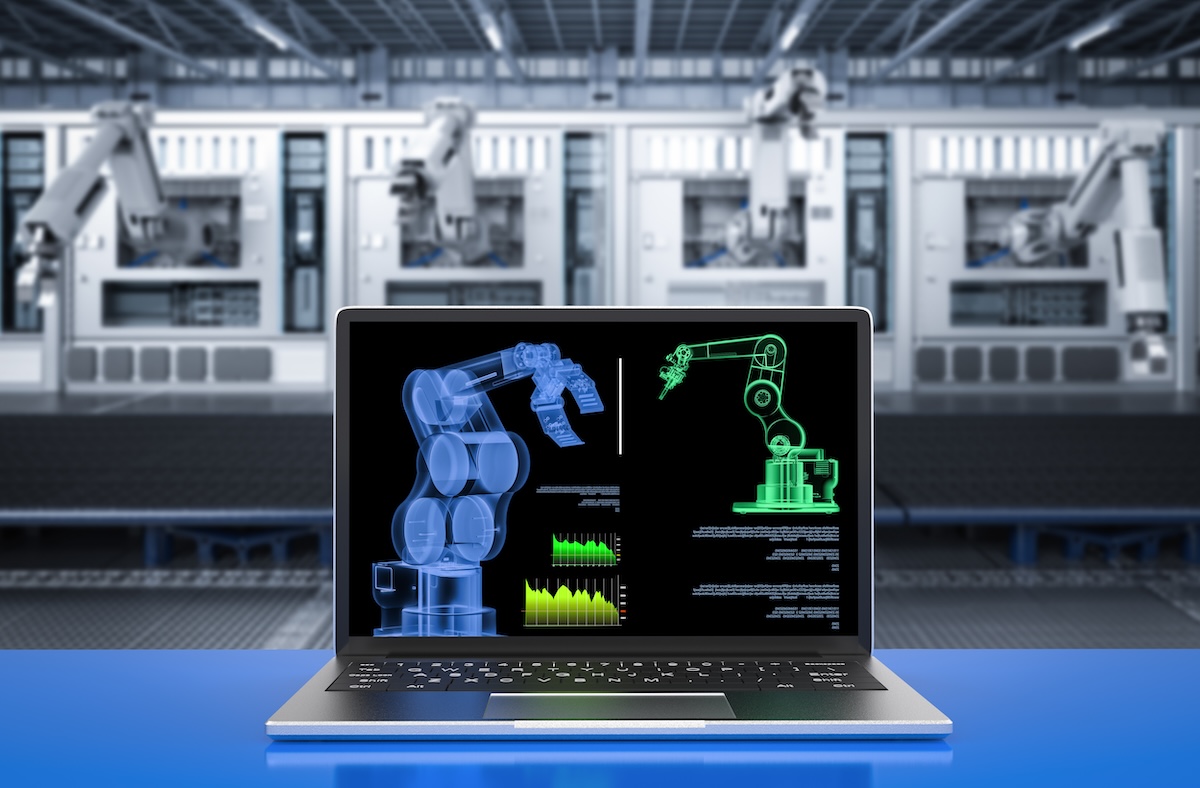Bringing sustainability to your industrial data architecture
You don’t have to agree with environmental policies to know that sustainability is a part of business and life today. Supply chain partners, regulators, customers, and investors are demanding more environmental accountability from manufacturers—and with good cause. According to the International Energy Agency, the manufacturing and power sectors account for 63% of energy-related CO2 emissions worldwide. Progress depends largely upon their success.
Thankfully, manufacturing has come a long way since the third industrial revolution that saw a rise in automation and productivity without much consideration for environmental impact. The fourth industrial revolution, or Industry 4.0, has given manufacturers more insight into their operational efficiencies. Network-connected assets provide a real-time lens into performance metrics that go hand-in-hand with more sustainable production.
Still, this level of connectedness presents a new challenge: How to manage data more efficiently.
The two-fold challenge
Tackling emissions and data-center energy consumption means manufacturers must address sustainability on two fronts.
The first is in their own operations. In Europe, Industry is one of the largest contributors of greenhouse gases on the continent. Globally, industrial processes are also the fastest-growing source of greenhouse gas emissions, increasing by 203% since 1990. To slow this trend and make progress on reducing CO2 emissions and achieving net zero, industrial companies must master operational data management and extract insights from that data. But this is challenging. As noted in IDC’s first Worldwide Energy Transition Survey in June 2022 (#US49548622), 45% of respondents cited a lack of enough good data on energy usage and CO2 emissions as a barrier to progress.
So industrial companies must collect higher resolution data from a wider variety of sources for sustainability and other operational use cases. This, unfortunately, creates the second challenge. While reducing operational carbon, are we increasing carbon consumption from the vast amount of data we are storing and processing in the cloud?
Data processing and storage must be part of the sustainability equation. Saving and storing 100 gigabytes of data in the cloud generates about 0.2 tons of CO2 annually, according to Stanford Magazine. Based on the Stanford calculation, if a factory generated 1TB of data every day and moved all this data to the cloud, the site would generate 365,000 gigabytes or 730 tons of CO2 annually. For a large manufacturer with 60 sites, the company would generate 43,800 tons of CO2 emissions each year for data processing and storage alone. More about Who owns the Machine Generated Data in IoT
To put this in perspective, that is the equivalent of nearly 10,000 passenger vehicles on the road every year.
Manufacturers must consider their total carbon footprint with a strategy that can address both aspects of this two-fold challenge. The data is essential for visibility. The cloud is essential for scale. But this data must be stored, processed, analyzed, and acted upon with purpose for truly sustainable manufacturing.
Starting with a sustainable architecture
DataOps (data operations) is the orchestration of people, processes, and technology to securely deliver trusted, ready-to-use data to all who require it. DataOps offers an agile, automated, and process-oriented methodology used by data stakeholders to improve the quality, delivery, and management of data and analytics.
An Industrial DataOps solution is an application that has been designed specifically for industrial data and systems. Industrial DataOps is a new category of software solutions that address the evolving data architecture requirements of industrial companies as they adopt Industry 4.0, Digital Transformation, and Smart Manufacturing. They enable manufacturers to curate and flow valuable industrial data to the cloud where it can be analyzed for sustainability use cases. Users can condition, merge, and model, data at the edge to ensure only logical, usable payloads of information are delivered to the cloud. This reduces unnecessary data storage and processing costs while accelerating the adoption of advanced analytics services from vendors like AWS and Microsoft.
Pulp and paper manufacturer Georgia-Pacific is a prime example of a company that leveraged an Industrial DataOps solution, HighByte Intelligence Hub, to progress their sustainability initiatives.
“Our commitment to sustainability means we are continuously looking for new ways to improve efficiency and reduce waste in the manufacturing process,” says Lee Hunt, senior director of manufacturing IT at Georgia-Pacific. “By using HighByte Intelligence Hub as a data modeling abstraction layer, we are able to standardize data sent to the AWS Cloud.”
Hunt added that the code-free Intelligence Hub has helped the company be more agile and rapidly iterate on analytics and sustainability initiatives.
What’s next
Sustainability use cases for Industrial DataOps are on the rise. It’s clear that Industrial DataOps will be a key architectural component to help companies cut emissions, reduce energy consumption, optimize grid and alternative energy usage, reduce digital waste, and optimize processes.
Furthermore, sustainability in manufacturing is not just about cutting CO2 and SO2 emissions. By reducing defects and scrap through standard Lean and Six Sigma approaches, companies can also support their sustainability goals by expending less power per unit while potentially increasing production. These projects will enable customers to make progress on their sustainability initiatives—and improve their bottom line. More about IIC: Industrial IoT Reference Architecture
So, what’s your sustainable manufacturing strategy? Are you making smart use of your operational data or are you creating digital waste?
About the author
 This article was written by Torey Penrod-Cambra, the Chief Communications Officer of HighByte, focused on the company’s messaging strategy, market presence, and ability to operationalize. Her areas of responsibility include marketing, public relations, analyst relations, investor relations, and people operations.
This article was written by Torey Penrod-Cambra, the Chief Communications Officer of HighByte, focused on the company’s messaging strategy, market presence, and ability to operationalize. Her areas of responsibility include marketing, public relations, analyst relations, investor relations, and people operations.



